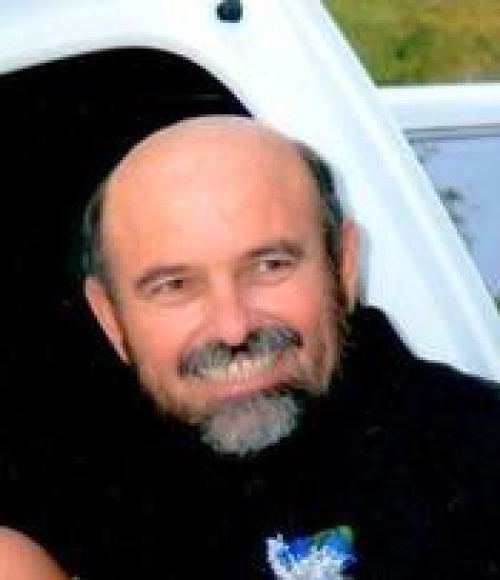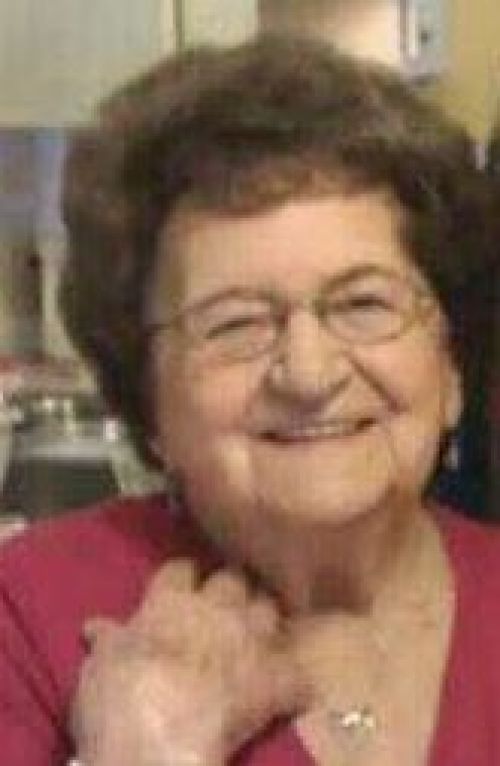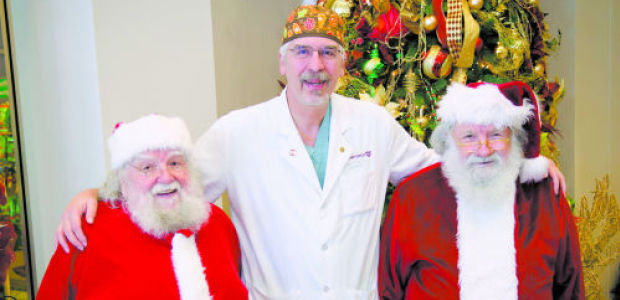
Ricky James Pellegrin
December 17, 2013
Anna Marie Reed
December 26, 2013A Santa Claus imitator who received a cutting-edge operation at Terrebonne General Medical Center claims doctors have extended his life, so don’t begrudge the man if he loses a little of the heft associated with his character.
William Sweeney, a Cottonport celebrity for his portrayal of Old St. Nick, underwent a procedure in June that expanded his heart’s aortic valve. He reported that it’s easier for him to breathe and maintain a more-active lifestyle.
“I’ve lost a little over 30 pounds so far, since June,” Sweeney, 75, said. “I think these doctors saved my life – they really did.”
Sweeney’s chief doctor, who also treated another of Santa’s costumed “helpers” for aortic stenosis, didn’t take credit for saving Christmas.
“I guess it’s more important that we didn’t screw up Christmas,” Dr. Peter Fail, cardiologist at TGMC and the partnering Cardiovascular Institute of the South, said jokingly.
Fail is one of two local doctors pioneering the Medtronic CoreValve Pivotal Trial in Louisiana, an FDA-approved clinical trial that inserts a transcatheter valve through the skin, essentially replacing an unsuitable aortic valve without removing it.
Blood flows from the heart through the aortic valve and into the aorta, the primary artery. Aortic stenosis occurs when the valve is too congested to open fully, which requires increased pressure to transfer blood through the valve. It can lead to blood backing-up into the lungs and abate blood from reaching the brain or the rest of the body.
The CoreValve trial inserts a prosthetic valve, manufactured by Medtronic. It is an alternative to open-heart surgery and a longer-term fix than the traditional valvuloplasty, which expands the valve but does not hold it in place.
“It takes some really, really sick people who don’t have really any alternatives and gives them an opportunity to improve their life,” Fail said. “The two Santa Clauses, for instance, were really not candidates for surgery … They either had a do-nothing option, which meant basically continue to suffer aortic stenosis, or do this new procedure.”
Paul Crochet, known as the longtime resident Santa Claus at Southland Mall, also received the treatment. “I feel much better, I can sleep at night, and I don’t have any more chest pain,” Crochet said in a press release.
Sweeney, retired after 42 years at the New Orleans Times-Picayune as a transportation supervisor, remains a full-time Santa proxy, visiting children at various events in his hometown. The hobby began 10 years ago after his full-grown beard turned white.
“They started calling me Santa Claus, so I said, ‘Well, why not?’” Sweeney recalled. “My wife and mother-in-law made me a suit, and I started in our little town’s parade.”
Sweeney is recognizable even without the traditional garb.
“All the kids know me up here as Santa Claus,” he said. “We sit on the front porch, and they pass on the school buses, all of them start yelling, and I wave back at them.”
Sweeney had five of his valves bypassed in 2005, but doctors couldn’t reach his aortic valve, even after they broke his ribs. Chemical stress tests revealed that Sweeney’s heart was unable to sustain high rates of activity, so open-heart surgery, a remedy to his ails, was seemingly out of grasp.
A cousin-in-law saw a television advertisement for valve implants, but doctors informed Sweeney they didn’t have a valve large enough to fit him. So they put him in touch with Fail, a leader of TGMC-CIS’ “Extreme Risk Study,” which focuses on patients with aortic stenosis who are too ill or frail for open-heart surgery.
To conduct the procedure, doctors start by routing a camera down a patient’s throat. Some patients are given a tiny cut in the chest, but for “the vast majority,” a small incision is made in the groin. A catheter is passed through the incision into the diseased aortic valve by way of the femoral artery, in the latter case. A self-expanding valve is pushed through and slowly released, facilitating increased flow to the organ.
“Remember the valve is stenotic and what we’re trying to do is pass a little tiny wire through this little tiny hole 300 centimeters away,” Fail said. “To give you an idea, it’s like trying to hit a beer can in the middle of a 50-gallon drum from 20 feet.”
Fail works alongside the cardiac surgeon Dr. Edgar Feinberg II, of the Cardiovascular Clinic of Houma, as the principal investigators of CoreValve at TGMC.
TGMC is one of 40 units nationwide participating in the trial. They are alone in offering the operation in Louisiana and have treated 58 of the 471 nationwide patients who have undergone the operation, Fail said.
“We see these patients recover much more quickly than those patients who have open-heart surgery,” Fail said. “I think most of the patients just become more active. A lot of these patients are very, very sedentary because they can’t believe. … Once we’re able to fix the valve, we find a dramatic improvement in their ability to do things.”
TGMC-CIS were asked to join the trial two years ago, based on their participation in the Evalve research trial on the heart’s mitral valve. Doctors are tasked with monitoring patients for at least five years after the procedure to investigate its affects.
Fail believes the technique has staying power.
“I would suspect probably in the next seven to 10 years, you’re going to see that this is going to be the predominant way that valve surgery is going to be done, specifically for aortic stenosis,” Fail said.” I could foresee that surgeons may do it, even in an open-heart manner, do it this way without opening into the aorta, but basically doing a bypass surgery replacing the valve this way.”
People suffering from aortic stenosis for whom open-heart surgery is considered high risk may be eligible to participate in the trial. For more information, contact the CIS Research Department at (985) 873-5613.
Dr. Peter Fail is flanked by Santa Claus imitators William Sweeney and Paul Crochet. The Santas are two of 58 patients to receive a prosthetic aortic valve by way of a clinical trial offered by Terrebonne General Medical Center and the Cardiovascular Institute of the South.












